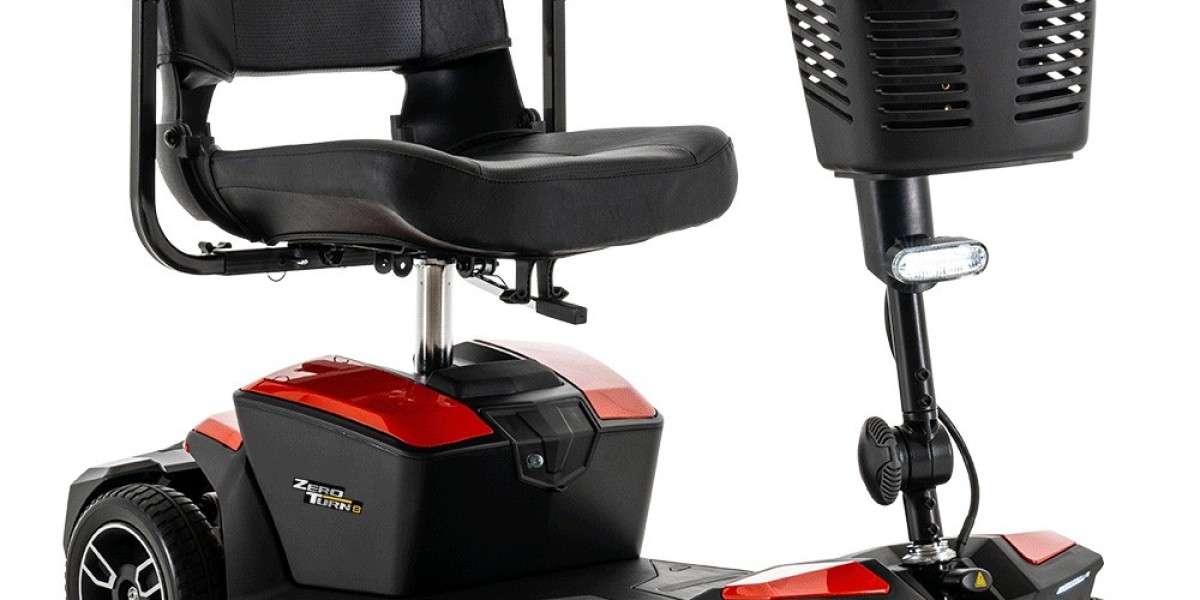Wheelchairs are essential mobility aids that provide freedom and independence to individuals with mobility challenges. When considering a wheelchair, it's important to understand the differences between manual and power options.
Manual Wheelchairs
Manual wheelchairs are propelled by the user or a caregiver, using the wheels attached to the chair. They are typically lighter in weight and more maneuverable than power wheelchairs, making them ideal for individuals who have sufficient upper body strength and coordination.
These wheelchairs come in various styles, including folding and rigid frame designs. Folding wheelchairs are portable and can be easily transported in vehicles, while rigid frame wheelchairs offer increased durability and performance.
Manual wheelchairs are often preferred for their simplicity, reliability, and lower cost compared to power wheelchairs. They are suitable for both short-term and long-term use, depending on the user's needs and preferences. Discover the differences between Manual and Power wheelchairs in our blog, and explore options like the ZERO TURN 8 4-WHEEL model.
Power Wheelchairs
Power wheelchairs, also known as electric wheelchairs, are equipped with battery-powered motors that provide propulsion. They are operated using a joystick or control panel, allowing users with limited mobility to navigate comfortably and independently.
These wheelchairs offer greater convenience and ease of use, especially for individuals with limited upper body strength or dexterity. Power wheelchairs are available in various configurations, including rear-wheel drive, front-wheel drive, and mid-wheel drive, each offering distinct advantages in terms of stability and maneuverability.
While power wheelchairs tend to be heavier and bulkier than manual wheelchairs, they provide enhanced mobility and functionality, particularly for outdoor use and navigating uneven terrain. They are also suitable for individuals who require continuous or prolonged use of a wheelchair throughout the day.
Conclusion
Choosing between a manual and power wheelchair depends on factors such as the user's physical abilities, lifestyle, and preferences. Both options offer unique benefits and considerations, and it's essential to evaluate individual needs carefully before making a decision. Whether opting for a manual or power wheelchair, the goal is to enhance mobility, independence, and quality of life for individuals with mobility challenges.
FAQs
- What are the main differences between manual and power wheelchairs?
- Manual wheelchairs require physical effort from the user or caregiver to propel, while power wheelchairs are motorized and operated using a joystick or control panel.
- How do I decide which type of wheelchair is best for me?
- Consider factors such as your level of mobility, upper body strength, lifestyle, and budget. Manual wheelchairs are suitable for those with sufficient strength and coordination, while power wheelchairs are ideal for individuals with limited mobility or dexterity.
- Are power wheelchairs more expensive than manual wheelchairs?
- Generally, yes. Power wheelchairs tend to be more expensive due to the added cost of the motorized components and batteries. However, they offer increased convenience and functionality for many users.
- Can I use a manual wheelchair if I have limited upper body strength?
- It depends on your specific abilities and needs. Some individuals with limited upper body strength may still be able to use a manual wheelchair with modifications or assistance, while others may benefit more from a power wheelchair.
- Are there any restrictions on where I can use a power wheelchair?
- Power wheelchairs are designed for both indoor and outdoor use, but factors such as terrain, width of doorways, and accessibility of public spaces may impact their usability in certain environments. It's essential to consider these factors when choosing a wheelchair.










